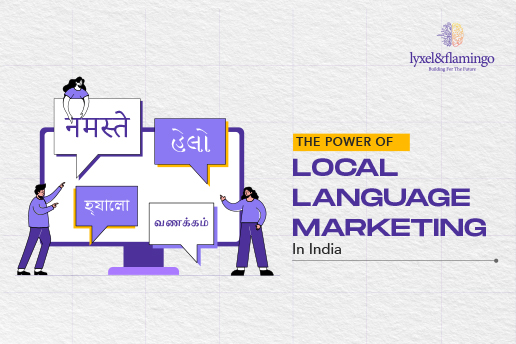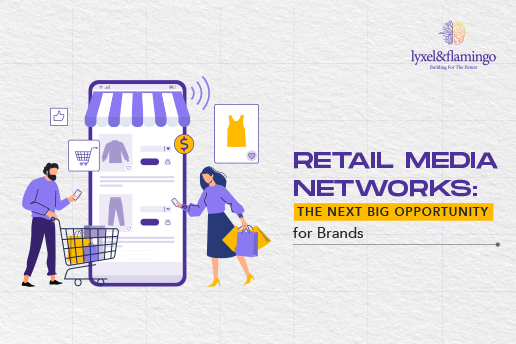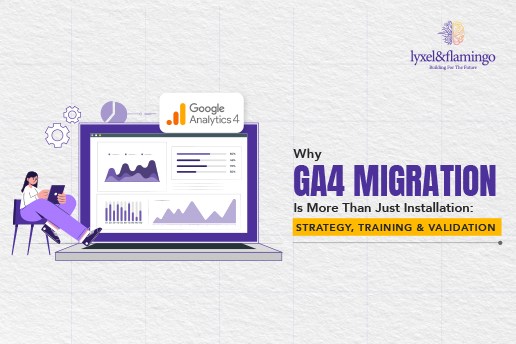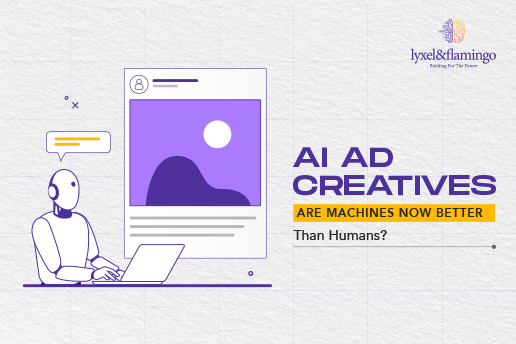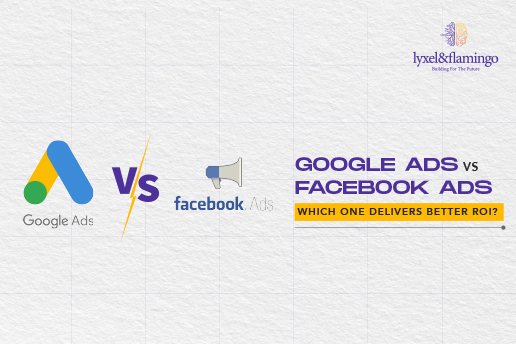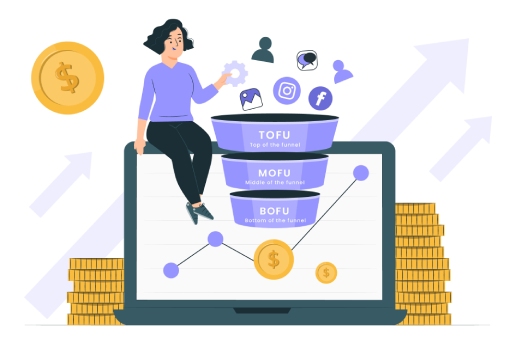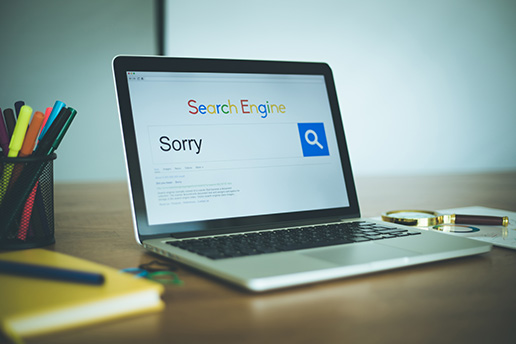If you are a business that is focussing on digital marketing and promoting your business on social media, you must have invested a well of cash into Facebook campaigns. Though investing money in Facebook ads will surely bring benefits sooner or later, you must know how to optimize return on ad spend (ROAS). Otherwise, the ROAS will not increase as it should. Let us discuss why Facebook ROAS is not improving and how it will improve.
What is Facebook ROAS?
The revenue that the Facebook ad campaigns generate is known as Facebook’s return on ad spend. It is calculated by dividing the Facebook ad revenue by the amount spent on Facebook Ads.
Facebook ROAS = Revenue on ads /Spending on ads.
What’s a Good Facebook ROAS?
Though there are numerous factors that influence Facebook ad spending, knowing the average ROAS is important to set a benchmark for yourself. In a recent survey, more than 30 respondents shared that their average ROAS is 6-10x. Another major group shares that their average is 4-5x. About 5% of respondents say that their average ROAS exceeds 80%.
However, despite putting in a lot of cash, the ROAS can remain unimproved; here’s why.
Why does the ROAS not improve?
- The wrong audience is being targetted: You should target the correct audience by using facebook’s targetting mechanism while running your ad campaign. This means that the age group that you are targeting must have an interest in the product or service you are offering. Therefore they will actually click on the ads to learn more about the offering.
- Poorly designed ads: With the average attention span steadily decreasing, you need to have ads that are designed well to hook the attention of your viewer and lure them into engaging with your advertisement.
- Your audience is not ready to be converted into customers: If you design appealing ads and you appear on the timeline of the right audience, your ROAS will still be low if your audience is not ready to be converted. Make sure that your audience has ample amount of time to become aware of your products and provide them with informative content that lets them know about your business and how your offering can be useful to them.
How To Improve ROAS?
Follow these Facebook Ads help guide to optimize your ads and improve their performance.
1. Know your audience:
If you have made the right selection while targeting the audience, your ROAS might take a dip if your ad doesn’t address their pain points. Explain to people why they should buy from you rather than trying to sell your products. Share your unique selling points in an attractive manner and let people know why choosing your business is the right option. Show them how your products can help them address their needs.
2. Take Advantage of Lookalike Audiences:
Lookalike audiences are a procedure to discover new customers based on similar habits and traits that your existing customers have. Use data (interests, demographics, etc. )from your mailing list and implement Facebook Pixel to create lookalike audiences. Facebook will then deliver ads to audiences that ‘look alike’ to your existing consumers.
3. Use A Marketing Funnel:
Outline the journey that the customer undertakes from the time they are aware of your brand to getting converted and loyal. A marketing funnel will let you connect with your potential customers at every stage on their path. You can design specific ads to target a specific audience based on their position on the funnel.
4. Design engaging ads with the right formats:
With the current low attention span, well-designed ads are important to capture the attention of the audience. Use different formats like dynamic single images and facebook collections to engage with your audience. Create several variations for your campaign and fight ad fatigue created by the same ad popping up at a stretch.
5. Go for lead generation:
Rather than using Facebook ads to get more traffic, focus on collecting your audience’s email addresses. This will not alone help you create lookalike audiences; you will also increase the chance of influencing them with your content, new offers, industry trends, and motivation to buy and increase the chance of converting the audience into loyal consumers.
6. Target That Audience Again:
Reach out to the audience who have already availed of your products or services, know of your services or products, and have visited your website. This means that they are already familiar with how your brand helps them meet their needs. According to a study, there have to be seven touchpoints with an ad to compel people to act on the call to action. The touchpoints can come in different ways, and Facebook ads are one of them. However, remember to separate your retargeting ads into proper categories. Design specific ads to motivate the customers to avail of your products or services again.
7. Track And Test:
Running a test leads you to optimize your ad campaign by setting side-by-side other versions of an advertisement to understand which executes better. You need to find the advertising components that influence the audience you are targetting and impact the conversion and click-through rates.
Following are the elements that you need to test to get all the important campaign data:
- Ad copy
- Ad design
- Buttons for the call to action
- Ad placement
- Your unique offering
However, track your ads only after some time to understand the results. Give sufficient time, like 48 hours, for the Facebook campaign to gain some traction.

Testing The Overall Engagement Of Your Ad Campaigns
Following are the metrics you should be tracking to understand the popularity and effectiveness of your Facebook ad campaign. You can track them via the Facebook ad manager.
- Cost per click (CPC): One of the most commonly tracked metrics, Cost Per Click (CPC), denotes how much you are paying for each click on your Facebook campaign. If CPC is high, the overall return on investment and ROAS will be on the lower side.
- Cost per thousand impressions (CPM): It is important to track the impressions and adjust them because if the Cost per thousand impressions (CPM) is low, all other costs will be higher. CPM also lets one understand the targeting. A lower impression would mean narrow targeting.
- Ad frequency: The interval and frequency of people watching your ad on their news feed are important as they can signal larger issues with targeting, ad quality, competition and so on.
- Impressions: A good amount of impressions denotes that your ad is optimized well for the platform and your audience.
- Amount spent: Tracking the amount of money that you have spent on Facebook ad campaigns, individual ads, or ad sets will show the campaigns that are the most cost-effective and if you are staying within your budget. It will also let you calculate your ROAS
Conclusion
Putting an ad out on Facebook is not everything. You need to have a lot of points in mind before running a Facebook campaign. Factors like targeting the correct audience, and designing quality ads, are influential in helping people convert and, as a result, high ROAS. People should also be ready to buy your products. You must create a marketing funnel and design your ad campaign for multiple audiences on multiple stages of their journey with your brand. Use lookalike audiences to find the right target audience and test and track the results of the ad campaign to find out the ROAS.
